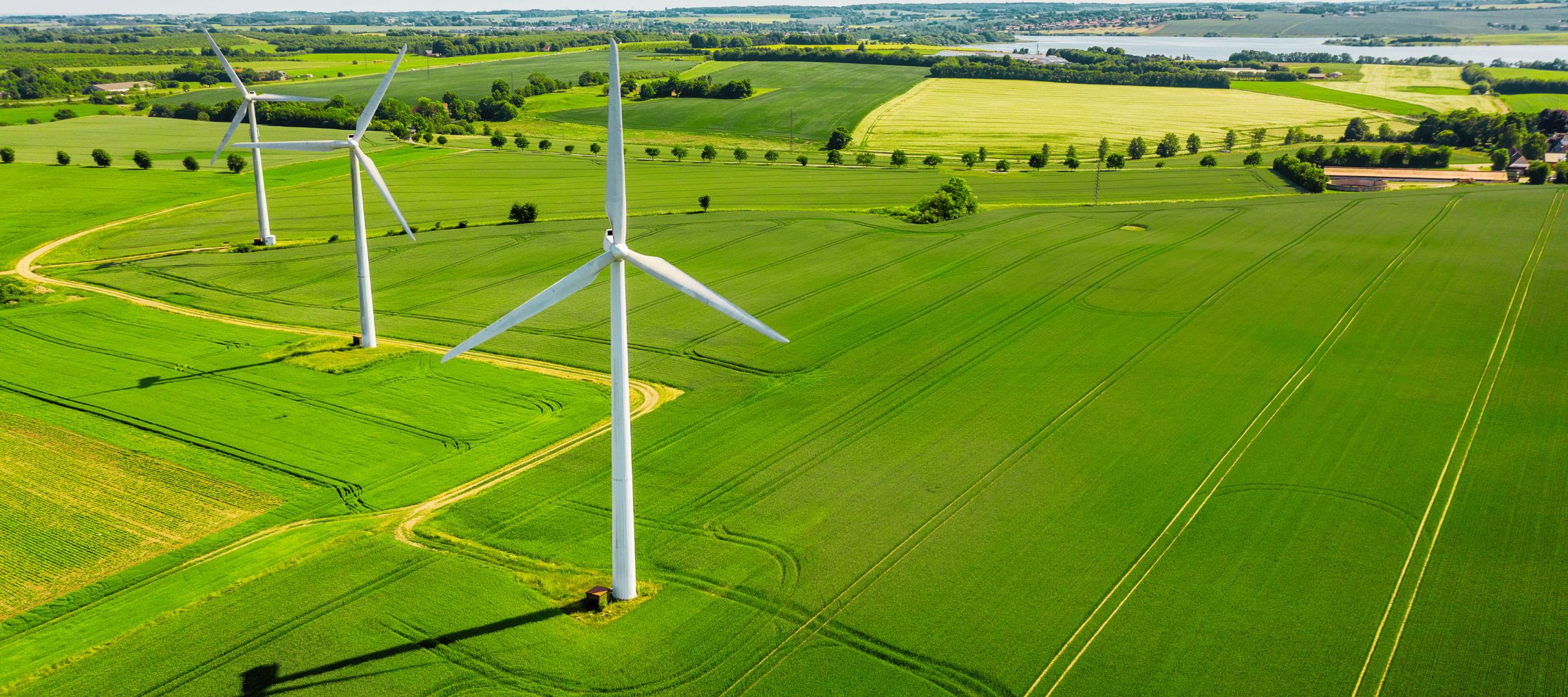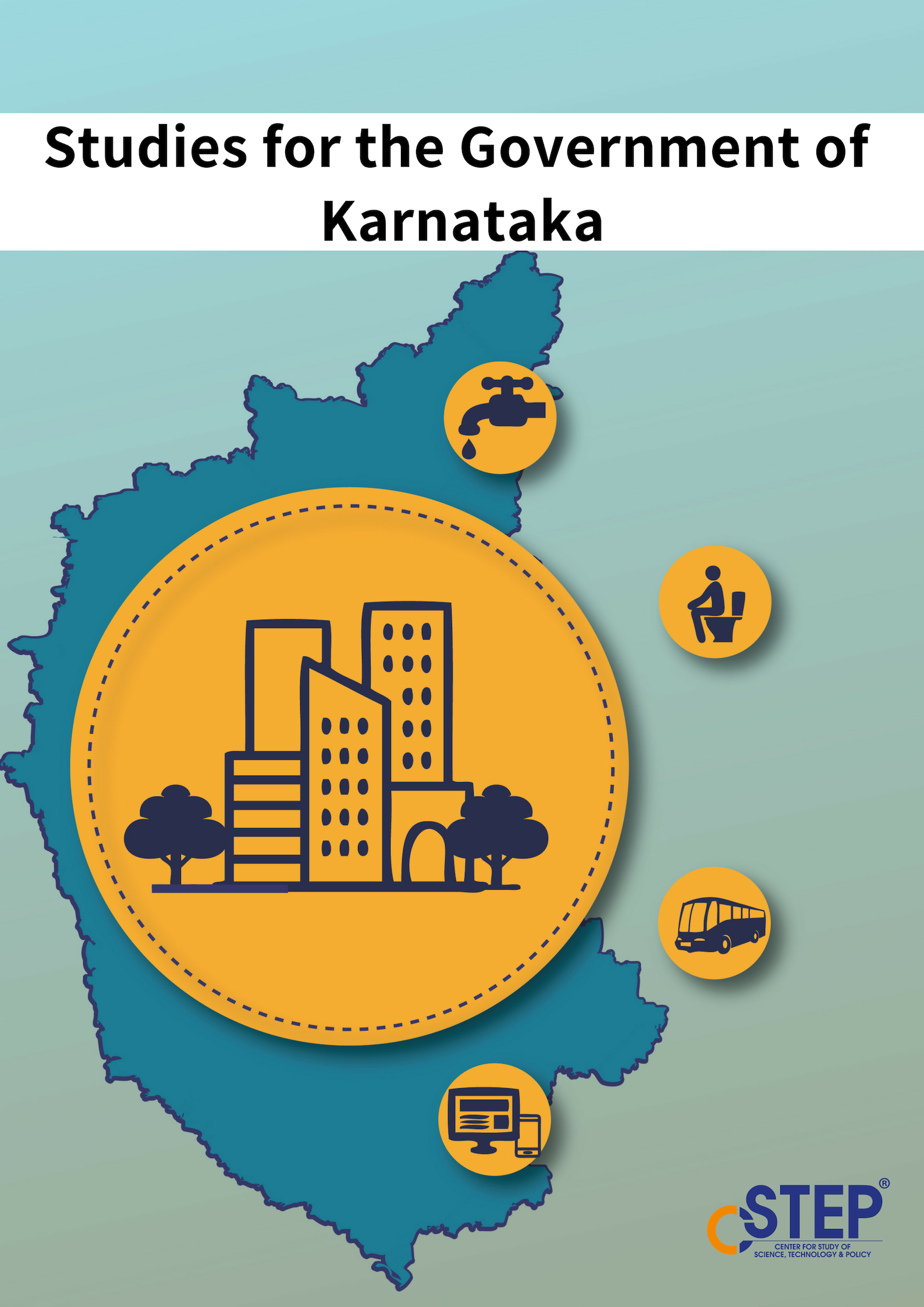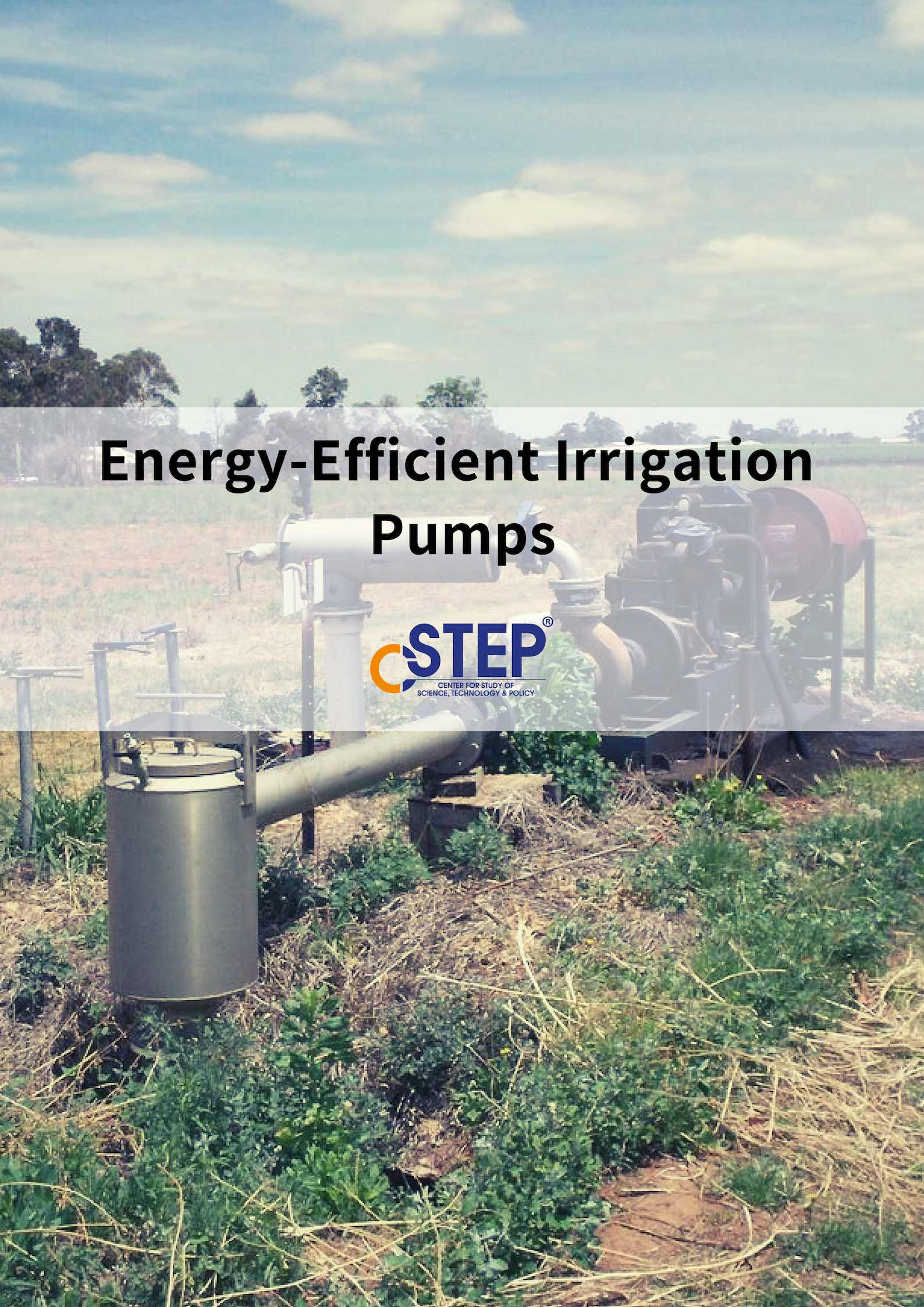Energy is a key factor in combating climate change, one of the biggest challenges the world is facing today. India has committed to cutting emissions to net zero by 2070 and set ambitious targets for adopting renewable energy. Achieving these targets requires careful planning and an overhaul of our current energy system.
Our work aims at enabling policies that encourage the adoption of rooftop solar, facilitate the development of technology for energy storage, strengthen the grid and transmission infrastructure, advance hydrogen technologies, and promote green mobility. CSTEP's research looks at the various aspects of mainstreaming renewable energy for a cleaner, greener energy sector.













A straw in the wind - Will achieving grid parity propel India’s offshore wind?
India is endowed with a 71 GW offshore wind potential, as per the assessment by the National Institute of Wind Energy (NIWE), but the country is yet to set up its first offshore wind plant. In a timely move, the Government of India has initiated bids for offshore wind development of a 4 GW capacity recently.
EV transition: An electric vehicle for you, an economic vision for India
In recent years, there has been a lot of buzz around buying an EV. The major reasons cited for an EV transition include savings on fuel expense and reduction of greenhouse gas emissions. Although these are notable reasons, the question persists — can EVs offer something substantial to the nation as a whole in the coming decades?
Navigating the Agricultural Biomass Supply Chain in India
By February 2024, India's biomass power capacity had surged to 10,845 MW as per the Ministry of New and Renewable Energy (MNRE). This surge in biomass power is crucial for India as it aims to meet 50% of its energy requirements from renewables.
Beyond the hydrogen horizon: Assessing the viability of low-carbon technologies for steel production
Green Energy Open Access: Empowering Consumers With Clean Electricity
India’s commitment to reach net zero by 2070 and meet 50% of its cumulative installed capacity from non-fossil fuel energy resources is a significant milestone in its fight against climate change. India has also updated its Nationally Determined Contributions (NDCs) to reduce emissions intensity of its gross domestic product (GDP) by 45 percent by 2030 (from 2005 levels). One of the initiatives to achieve these targets is to increase the share of renewable energy (RE) in the energy supply mix.
Breathing in Bengaluru: Building a greener city with eMaaS
Bengaluru is witnessing alarmingly high pollution levels, with particulate matter (PM) levels reaching at least 5 times over the permissible limits by the World Health Organisation (WHO).
Breathing in Bengaluru: Pedalling Towards a Healthier, Happier City
Bengaluru, India’s ‘Garden City’, is facing a growing dilemma. The once green streets now suffer from thick air laden with exhaust fumes and traffic congestion, affecting commuters’ health and testing their patience.
Green hydrogen hubs in India: A first order analytical hierarchy process for site selection across states
Green hydrogen can be the transitional solution required to reduce anthropogenic emissions and enhance energy independency from fossil fuel. To improve green hydrogen adoption, a cluster-based infrastructure, called a hydrogen hub, is devised taking into account the demand-supply interplay coupled with transport ease. In this paper, we have identified sites across states that are conducive for hydrogen hubs.
Andhra Pradesh Power Sector: A Roadmap Till 2040
Andhra Pradesh's (AP’s) gross state domestic product stood at INR 1,201,736 crore (USD 157.36 billion) in FY 22. The power sector played a crucial role in supporting the state's economic growth. The state initiated power sector reforms as early as 1998 and was also the first state to sign the ‘Power for All’ agreement—the basis for power sector planning in AP—with the Government of India in September 2014.
Breathing in Bengaluru: Need for integrated planning
Bengaluru has been ranked as the most congested city in India, as per the TomTom Traffic Index 2023. Severe congestion has led to a loss in productive hours and a frequent disruption of emergency services, in addition to economic impacts. Further, rapid urbanisation in the city leading to urban sprawl has strained the transportation infrastructure and resulted in increased accidents, traffic congestion, and air pollution.
